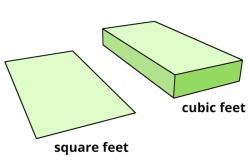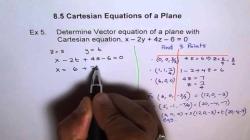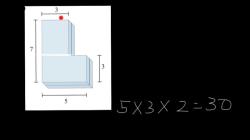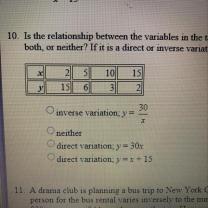What is the derivative of a sine function?
The derivative of the sine function with respect to is the cosine function . In calculus, the derivative represents the rate of change of a function at a particular point.
Mathematically, the derivative of the sine function is denoted as or , and it is calculated as follows:
In words, the rate of change of the sine function at any point is equal to the cosine of that same point .
This relationship between the sine and cosine functions is a fundamental property in calculus and trigonometry. The derivative of being demonstrates the connection between these two trigonometric functions and how they relate to each other in terms of their rates of change.
Calculus Essentials: Finding the Derivative of a Sine Function
In calculus, the derivative of a function represents the rate of change of that function. It measures how much the output of the function changes as the input changes. The derivative of the sine function is a fundamental concept in calculus and has numerous applications in various fields, including physics, engineering, and economics.
Sine Function Derivative: Calculus Explained
The sine function, denoted by sin(x), is a trigonometric function that represents the vertical coordinate of a point on a unit circle as an angle rotates from 0 to 2π radians. The derivative of the sine function is the cosine function, denoted by cos(x). This relationship can be expressed mathematically as:
d/dx[sin(x)] = cos(x)
In other words, the rate of change of the sine function is equal to the cosine function. This means that as the angle of the unit circle increases, the vertical coordinate (sin(x)) changes at a rate determined by the cosine of that angle.
Differentiating Sine: Calculating the Sine Function's Derivative
There are several methods for calculating the derivative of the sine function, including:
Limit definition of the derivative: The limit definition of the derivative provides a rigorous approach to finding the derivative of any function. It involves taking the limit of the difference quotient as the change in the input approaches zero.
Differentiation rules: Calculus provides a set of differentiation rules that can be applied to various functions, including the sine function. The power rule, chain rule, and product rule are particularly useful in differentiating trigonometric functions.
Trigonometric identities: Trigonometric identities, such as the sum-to-product formula and the double-angle formula, can be used to simplify and manipulate trigonometric expressions, making differentiation easier.
Applications of the Sine Function Derivative
The derivative of the sine function has numerous applications in various fields:
Physics: The derivative of the sine function is used to describe the motion of objects in oscillatory motion, such as pendulums and springs. It is also used in analyzing waves and other periodic phenomena.
Engineering: The derivative of the sine function is used in various engineering calculations, such as determining the maximum stress or deflection in structures subjected to periodic loads.
Economics: The derivative of the sine function is used in modeling economic cycles and analyzing the behavior of financial markets. It is also used in optimization problems and risk analysis.
Understanding the derivative of the sine function is essential for comprehending calculus concepts and applying them to real-world problems in various fields.













